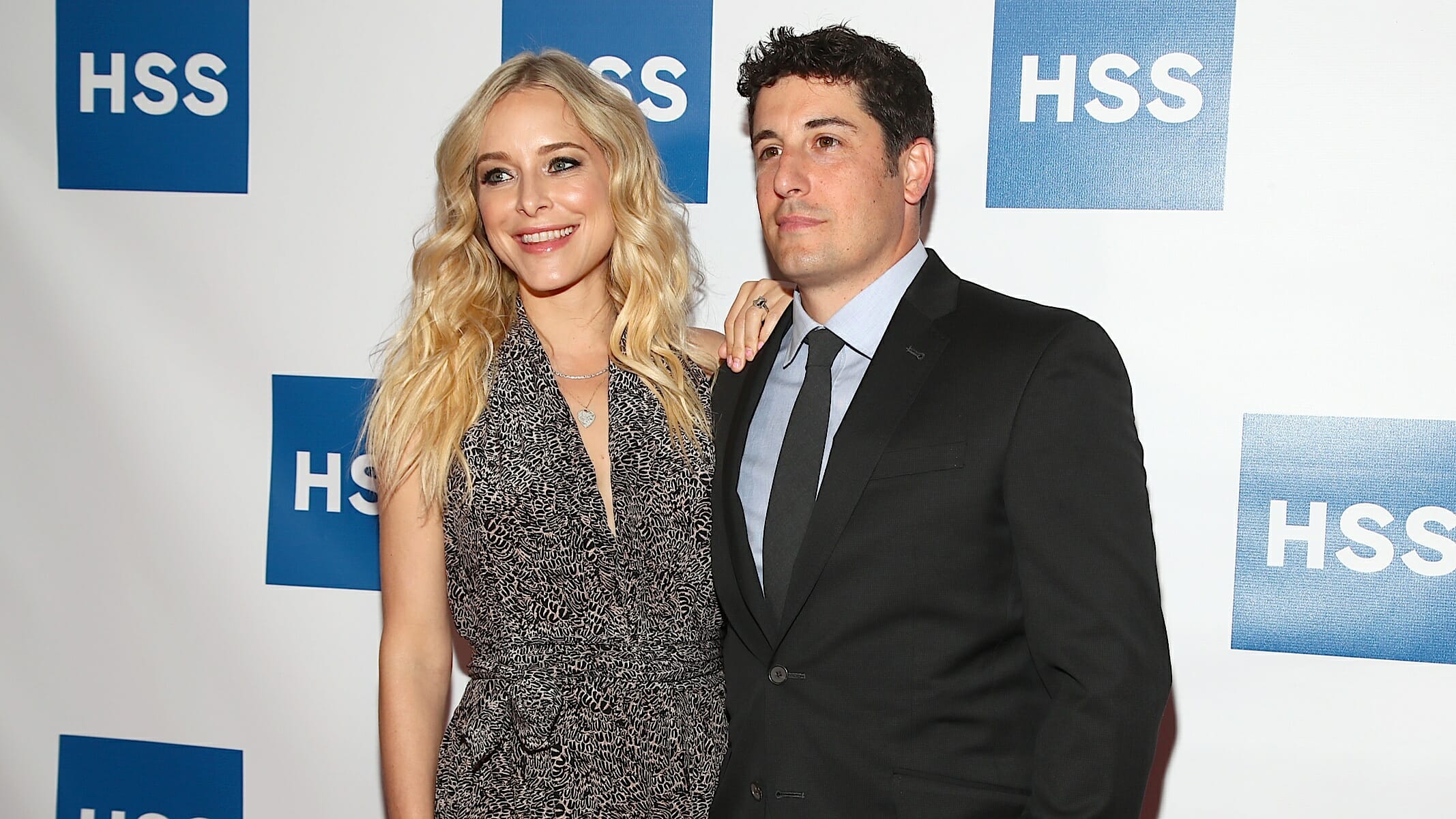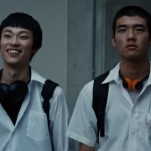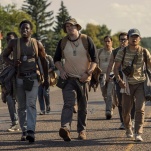Jenny Mollen, Jason Biggs, and How Race and Class Shape the Aftermath of Childhood Accidents
Photo by Astrid Stawiarz/Getty
On April 17, actress Jenny Mollen and her husband Jason Biggs revealed on Instagram that she had dropped her 5-year-old son the weekend prior, fracturing his skull and leading to a stay in the ICU. Ms. Mollen thanked the doctors who treated him and reported that her son was home recovering after a “traumatic week.” She closed by saying, “My heart goes out to all parents who have or will ever find themselves in this kind of position. You are not alone.”
But the truth is, far too many parents do end up alone, with their children snatched from their arms, after accidents as common as Ms. Mollen’s. The difference for these parents: they are poor, they are people of color, and they do not have the benefit of the doubt from child services.
I know this all too well as a family defense attorney at the Neighborhood Defender Service. I represent parents who live in Upper Manhattan, just a few miles north of Ms. Mollen and Mr. Biggs. My clients are alleged to have neglected or abused their children because of innocent childhood accidents that mirror Ms. Mollen’s description exactly. They do not get to post an earnest Instagram photo, receive a deluge of support, and move on with their lives. Instead, they face intrusive child protective services investigations, years-long removal of their children from their care, and a circuitous-bordering-on-cruel trip through family court.
Take, for instance, my former client Ms. García*. Back in 2016, Ms. García, a Dominican-American, noticed a bump on the head of her 8-month-old daughter Sofia. She wanted to be proactive about her daughter’s health, so while Ms. García went to work at her new job at McDonald’s, she had her mother bring Sofia to the pediatrician. The pediatrician referred the family for x-rays, which showed that Sofia had a skull fracture.
The injury would heal on its own and Sofia never required further medical treatment, but before Ms. García or her mother had a chance to explain, the pediatrician called child protective services. Over the next several days, child protective services, hospital social workers and doctors all interviewed Ms García, demanding to know exactly how this injury occurred. But she could only remember minor instances—the kind of benign childhood accidents we all have, regardless of where we grow up.
Thus began a two-and-a-half year nightmare. Within days, child protective services removed Sofia from Ms. García’s care. It took more than a year for them to acknowledge what had been in the medical records all along: that Sofia’s injuries were accidental and consistent with Ms. García’s explanation. Even then, Sofia did not come home. Instead, under the glaring scrutiny of an investigation, Sofia and Ms García’s separation was prolonged for another year as the trial dragged on in family court.
Finally, in spring 2019, Ms. García was faced with a decision: continue to fight the allegations or accept a finding of neglect and have her daughter come home. She chose the latter, meaning that yes, her daughter is home, but now Ms. García will have a child protective record until Sofia turns 28 years old.
It took two and a half years for Sofia to go home – and it also took hundreds of hours of work from my office. I represented Ms. Garcia in court appearance after court appearance, our out-of-court advocates and social workers attended meetings with her and child protective services, and our team administrators tracked down medical records. We all worked to give Ms. Garcia the support she needed to bring Sofia home. In this way, Ms. Garcia was lucky: my office provides free representation to poor families, helping them through what is often the worst time of their lives. But throughout most of the country these services are unavailable, and without them the results can be even more catastrophic. Families and communities crumble.
I wish I could say that Ms. García’s experience is isolated, but I know both anecdotally and statistically that that is not true. Race and class shape interactions with child services: just six percent of children in foster care in New York City are white. Indeed, this trend goes far beyond New York: a national study showed that children covered by Medicaid or not covered by health insurance were more likely to have had skeletal surveys (a common follow-up when there is suspicion of abuse) performed than were privately insured infants (81% vs 59%), and that skeletal surveys were performed on a greater proportion of black and Hispanic infants than white infants.
It’s a question of who receives the benefit of the doubt: who do we allow to explain away a skull fracture as one of those unfortunate bumps and bruises of a typical childhood? Who do we allow to take their child home from the hospital, to cuddle him, hug him, kiss him, and nurse him back to health? And, on the flip side, who do we force to leave her child behind, to heal in a strange environment in the care of others?
Jumping so quickly to judge poor parents of color—and then just as quickly removing their children—not only leads to the trauma of family separation, but it also dis-incentivizes these parents from seeking medical care in the first place. I have seen my clients pilloried for their failure to seek immediate medical care for their child. But these clients know, from their own experiences or the experiences of their friends and family, that if they bring their child to a doctor, the child’s injury may be viewed as “suspicious” and child protective services will likely be called.
I am glad that Ms. Mollen’s son is home and recovering, that her family was not put through additional trauma. And I am grateful that she and Mr. Biggs decided to share their experience. As some of the thousands of comments they received in response noted: accidents do happen and parents do make mistakes. But we in the family defense movement are fighting for the day when, in Washington Heights as well as on the Upper East Side, a mother or father can reflect openly on a child’s accident without fearing that the child will be taken. Until that day, Ms. Mollen’s message of solidarity with “all parents who have or will ever find themselves in this kind of position” remains woefully unfulfilled.
*Names changed to protect client privacy
![]()
Anna Arons is a Family Defense Attorney at Neighborhood Defender Service of Harlem.






































